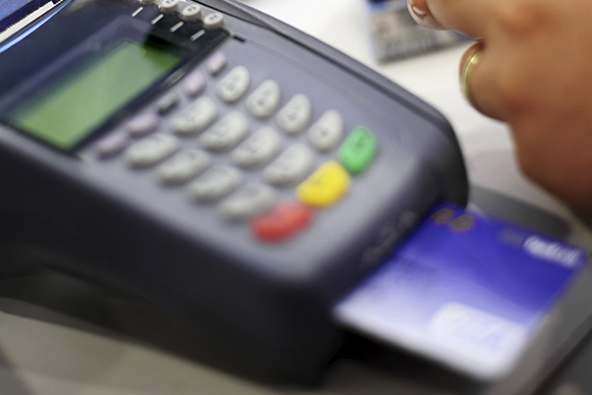What Makes Some Businesses Higher Credit Card Processing Risk than Others?

The payment card industry has established several risk levels for credit card acceptance. Often, merchants are surprised that such risk groups even exist. After all, merchants don’t get their money before the processing bank gets its transaction fee. So if there is something wrong with a transaction, the bank will simply hold on to the transaction amount until the investigation is complete, right? Well, it’s a bit more complicated than that.
When assessing credit card payment processing risk, Visa and MasterCard rely mostly on historical transaction data. The biggest component of their risk evaluation process is the probability of generating chargebacks. A chargeback results when a cardholder disputes with his or her credit card issuer the validity of a transaction posted on their monthly statement. The dispute sets in motion a transaction validation process, which involves the cardholder, the issuer, the processing bank and the merchant. If the dispute cannot be resolved among the affected parties, Visa or MasterCard will make the final decision. The chargeback process goes through the following stages:
- The cardholder files an official dispute with his or her card issuing bank.
- The issuer returns the disputed transaction to the processing bank, through Visa or MasterCard.
- The processing bank either resolves the dispute or, if it needs additional information, it contacts their merchant and asks for a proof that the transaction is valid (a receipt would do just fine).
- The merchant now either accepts the chargeback or provides (represents) the requested proof.
- The processing bank forwards the representation to the issuer, through Visa or MasterCard.
- The issuer receives the representation and, if appropriate, re-posts it to the cardholder’s account to complete the chargeback cycle.
The crucial point that needs to be emphasized is that whether the dispute is valid or not, it generates a certain amount of expenses that Visa, MasterCard, the issuer and the processor have to incur. This is the main reason for the premium rates that high-risk businesses have to pay on their processing rates.
Moreover, if one of their merchants generates excessive amounts of chargebacks, processing banks get fined substantial amounts by Visa and MasterCard. In the United States, excessive are chargeback levels of one percent or more of all monthly transactions. Typically, processing banks will freeze a merchant account long before chargebacks reach this threshold.
Typically, businesses that operate in a non face-to-face environment tend to generate higher levels of chargebacks and are considered high risk. E-commerce and MO / TO merchants are automatically included. Higher average tickets add an additional amount of risk, due to the higher liability for the processor. New merchants also add to the risk, due to their limited processing experience. There are other factors which can lead to some businesses being completely unacceptable to US-based processing banks. For example gambling websites are extremely risky, because cardholders may feel like victims and dispute a charge, even if the gambling site played by the rules. Adult-oriented websites, on the other hand, are prone to generating higher levels of chargebacks, because customers may be uncomfortable to admit using their services, even if they have.
Image credit: Time-sparebank.no.


